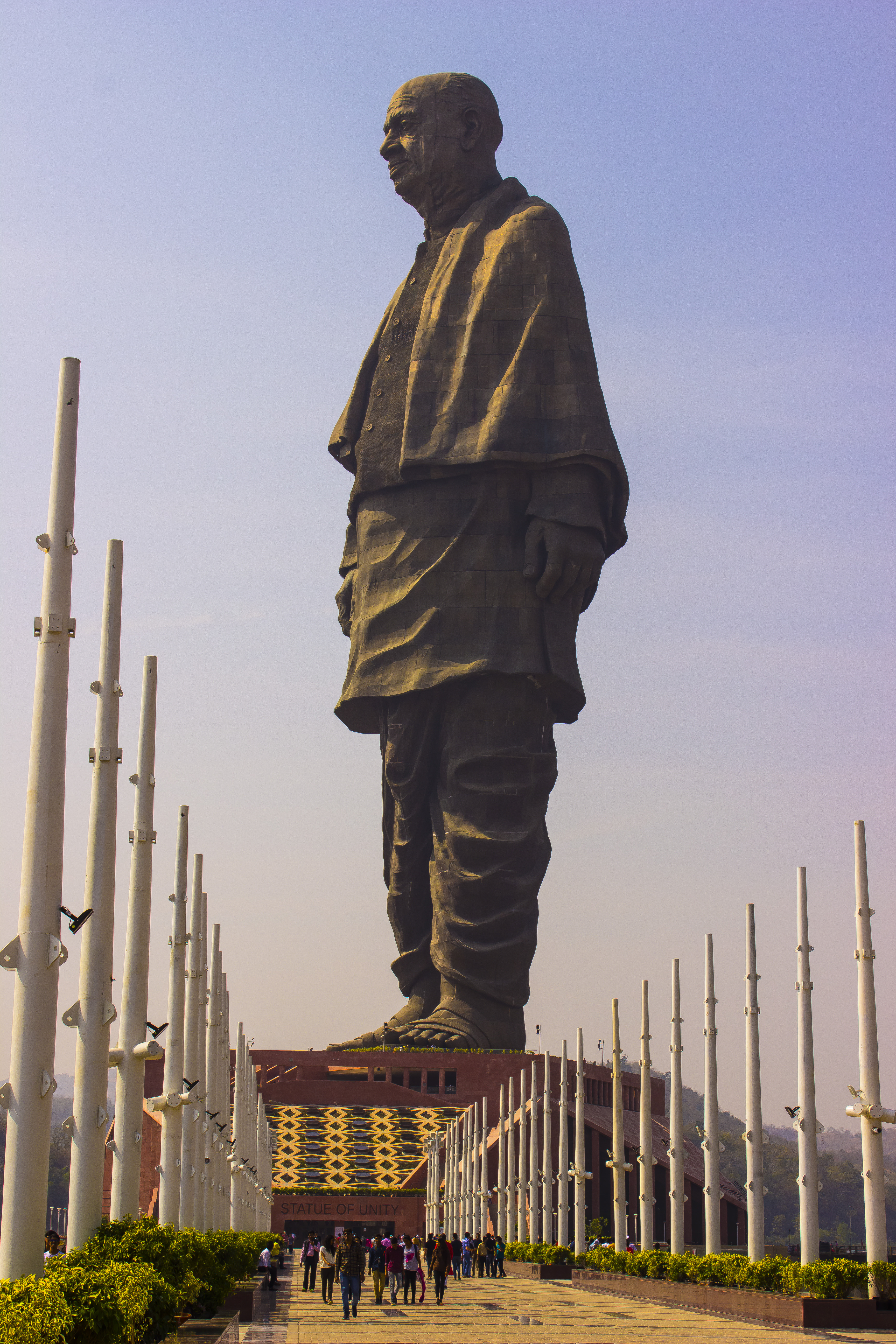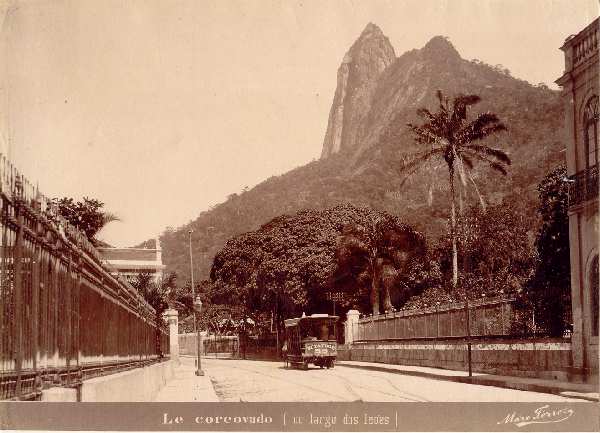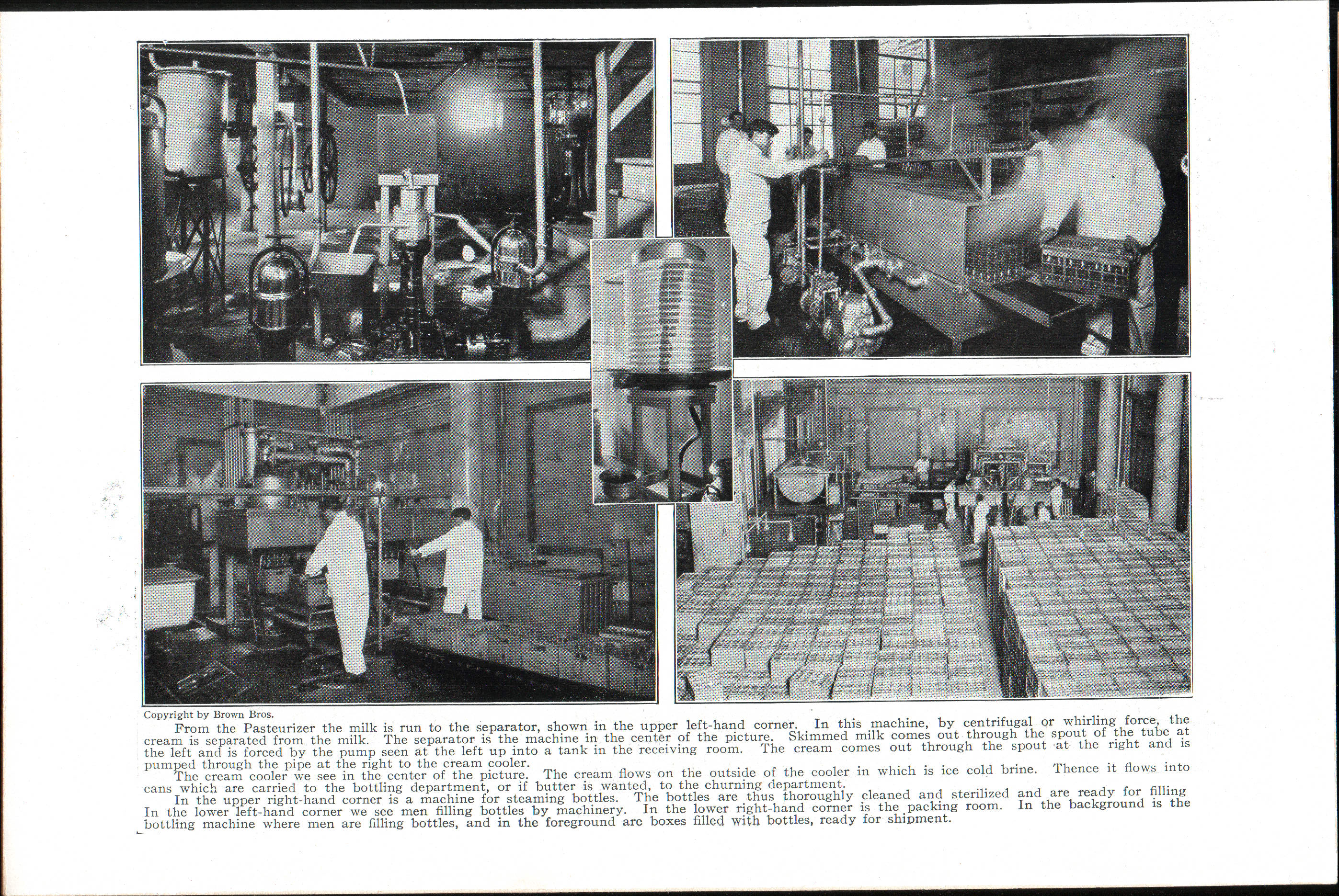|
Campos Gerais
Campos Gerais is a municipality in the south of the Brazilian state of Minas Gerais. The population was 28,842 in 2020 in a total area of 769 km². The elevation is 1,026 m. It became a municipality in 1901. Campos Gerais is located in the IBGE statistical microregion of Varginha. Surrounding municipalities are Alfenas, Três Pontas, Boa Esperança, Paraguaçu, Campo do Meio, Santana da Vargem and Fama. It is 295 km from Belo Horizonte and 34 km from the important coffee center of Alfenas. The Furnas Reservoir lies to the south. The main economic activity is coffee growing. In 2006, there were 19,500 hectares planted. There was also production of rice, potatoes, beans, and corn. There were 2,270 rural properties with an agricultural area of 60,464 hectares. More than 10,000 people worked in agriculture. In the city there were several small industries including soft drink bottling plant. The main tourist sites are the nearby Serra do Paraíso with waterf ... [...More Info...] [...Related Items...] OR: [Wikipedia] [Google] [Baidu] |
Belo Horizonte
Belo Horizonte (, ; ) is the sixth-largest city in Brazil, with a population around 2.7 million and with a metropolitan area of 6 million people. It is the 13th-largest city in South America and the 18th-largest in the Americas. The metropolis is anchor to the Belo Horizonte metropolitan area, ranked as the third-most populous metropolitan area in Brazil and the 17th-most populous in the Americas. Belo Horizonte is the capital of the state of Minas Gerais, Brazil's second-most populous state. It is the first planned modern city in Brazil. The region was first settled in the early 18th century, but the city as it is known today was planned and constructed in the 1890s, to replace Ouro Preto as the capital of Minas Gerais. The city features a mixture of contemporary and classical buildings, and is home to several modern Brazilian architectural icons, most notably the Pampulha Complex. In planning the city, Aarão Reis and Francisco Bicalho sought inspiration in the urban p ... [...More Info...] [...Related Items...] OR: [Wikipedia] [Google] [Baidu] |
Municipalities In Minas Gerais
A municipality is usually a single administrative division having corporate status and powers of self-government or jurisdiction as granted by national and regional laws to which it is subordinate. The term ''municipality'' may also mean the governing body of a given municipality. A municipality is a general-purpose administrative subdivision, as opposed to a special-purpose district. The term is derived from French and Latin . The English word ''municipality'' derives from the Latin social contract (derived from a word meaning "duty holders"), referring to the Latin communities that supplied Rome with troops in exchange for their own incorporation into the Roman state (granting Roman citizenship to the inhabitants) while permitting the communities to retain their own local governments (a limited autonomy). A municipality can be any political jurisdiction, from a sovereign state such as the Principality of Monaco, to a small village such as West Hampton Dunes, New York. The ... [...More Info...] [...Related Items...] OR: [Wikipedia] [Google] [Baidu] |
List Of Tallest Statues
This list of tallest statues includes completed statues that are at least tall, which was the assumed height of the Colossus of Rhodes. The height values in this list are measured to the highest part of the human (or animal) figure, but exclude the height of any pedestal (plinth), or other base platform as well as any mast, spire, or other structure that extends higher than the tallest figure in the monument. The definition of for this list is a free-standing sculpture (as opposed to a relief), representing one or more people or animals (real or mythical), in their entirety or partially (such as a bust). Heights stated are those of the statue itself and (separately) the total height of the monument that includes structures the statue is standing on or holding. Monuments that contain statues are included in this list only if the statue fulfills these and the height criteria. Existing statues , - , 92 , Lord Shiva at Sursagar , , Shiva , Vadodara, Gujarat , India , 2002 ... [...More Info...] [...Related Items...] OR: [Wikipedia] [Google] [Baidu] |
Human Development Index
The Human Development Index (HDI) is a statistic composite index of life expectancy, education (mean years of schooling completed and expected years of schooling upon entering the education system), and per capita income indicators, which is used to rank countries into four tiers of human development. A country scores a higher level of HDI when the lifespan is higher, the education level is higher, and the gross national income GNI (PPP) per capita is higher. It was developed by Pakistani economist Mahbub ul Haq and was further used to measure a country's development by the United Nations Development Programme (UNDP)'s Human Development Report Office. The 2010 Human Development Report introduced an Inequality-adjusted Human Development Index (IHDI). While the simple HDI remains useful, it stated that "the IHDI is the actual level of human development (accounting for inequality), while the HDI can be viewed as an index of 'potential' human development (or the maximum l ... [...More Info...] [...Related Items...] OR: [Wikipedia] [Google] [Baidu] |
Spanish Gothic
Spanish Gothic architecture is the style of architecture prevalent in Spain in the Late Medieval period. The Gothic style started in Spain as a result of Central European influence in the twelfth century when late Romanesque alternated with few expressions of pure Gothic architecture. The High Gothic arrives with all its strength via the pilgrimage route, the Way of St. James, in the thirteenth century. Some of the most pure Gothic cathedrals in Spain, closest related to the German and French Gothic, were built at this time. In some cases the Gothic style was built and decorated with Mudéjar elements by Mudéjar craftsmen and Christian craftsmen influenced by them, creating a highly distinctive Gothic style unique to Spain and Portugal. The most important post−thirteenth-century Gothic styles in Spain are the Levantine Gothic, characterized by its structural achievements and the unification of space, and the Isabelline Gothic, under the Catholic Monarchs, that predicated a s ... [...More Info...] [...Related Items...] OR: [Wikipedia] [Google] [Baidu] |
Christ The Redeemer (statue)
''Christ the Redeemer'' ( pt, Cristo Redentor, standard , ) is an Art Deco statue of Jesus Christ in Rio de Janeiro, Brazil, created by French sculptor Paul Landowski and built by Brazilian engineer Heitor da Silva Costa, in collaboration with French engineer Albert Caquot. Romanian sculptor Gheorghe Leonida sculpted the face. Constructed between 1922 and 1931, the statue is high, excluding its pedestal. The arms stretch wide. It is made of reinforced concrete and soapstone. ''Christ the Redeemer'' differs considerably from its original design, as the initial plan was a large Christ with a globe in one hand and a cross in the other. Although the project organisers originally accepted the design, it later changed to the statue of today, with the arms spread out wide. The statue weighs 635 metric tons (625 long, 700 short tons), and is located at the peak of the Corcovado mountain in the Tijuca National Park overlooking the city of Rio de Janeiro. A symbol of Christianity aro ... [...More Info...] [...Related Items...] OR: [Wikipedia] [Google] [Baidu] |
Bottling Plant
A bottling company is a commercial enterprise whose output is the bottling of beverages for distribution. Many bottling companies are franchisees of corporations such as Coca-Cola and PepsiCo who distribute the beverage in a specific geographic region. Some bottling companies may also bottle other local beverages such as regional beers or wines. A bottler is a company which mixes drink ingredients and fills up cans and bottles with the drink. The bottler then distributes the final product to the wholesale sellers in a geographic area. Large companies like The Coca-Cola Company sell their product to bottlers like the Coca-Cola Bottling Co. Consolidated, who then bottle and distribute it. See also * List of bottling companies * Bottling line Bottling lines are production lines that fill a product, generally a beverage, into bottles on a large scale. Many prepared foods are also bottled, such as sauces, syrups, marinades, oils and vinegars. Beer bottling process Packaging ... [...More Info...] [...Related Items...] OR: [Wikipedia] [Google] [Baidu] |
Furnas Reservoir
The Furnas Dam ( pt, Usina Hidrelétrica de Furnas) is a hydroelectric dam in the Minas Gerais state of Brazil. A small settlement was built near the dam with the same name to house the workers during the dam construction. The main purpose of the dam and reservoir are the production of electricity and the regulation of the flow of the Grande River. Near the beginning of 2022, mass amounts of rain caused a large rock to fall and kill 10 people. Construction Construction on the dam began in 1957 and was the first large dam in Brazil. It was built by Wimpey Construction and was completed in 1963. It is built on the canyon of the Grande River, before joining the Sapucaí River downstream. The dam is tall, long, and wide at its crest. The large reservoir, with a surface area of , started to form in 1963, bordering thirty-four municipalities. The volume of water is seven times that of Guanabara Bay, at . Normal water level averages at . See also *List of power stations in Brazi ... [...More Info...] [...Related Items...] OR: [Wikipedia] [Google] [Baidu] |
Fama, Minas Gerais
Fama, Minas Gerais is a municipality in the state of Minas Gerais in the Southeast region of Brazil. See also *List of municipalities in Minas Gerais This is a list of the municipalities in the state of Minas Gerais (MG), located in the Southeast Region of Brazil. Minas Gerais is divided into 853 municipalities, which are grouped into 66 microregions, which are grouped into 12 mesoregions. ... References Municipalities in Minas Gerais {{MinasGerais-geo-stub ... [...More Info...] [...Related Items...] OR: [Wikipedia] [Google] [Baidu] |
Minas Gerais
Minas Gerais () is a state in Southeastern Brazil. It ranks as the second most populous, the third by gross domestic product (GDP), and the fourth largest by area in the country. The state's capital and largest city, Belo Horizonte (literally "Beautiful Horizon"), is a major urban and finance center in Latin America, and the sixth largest municipality in Brazil, after the cities of São Paulo, Rio de Janeiro, Salvador, Brasília and Fortaleza, but its metropolitan area is the third largest in Brazil with just over 5.8 million inhabitants, after those of São Paulo and Rio de Janeiro. Nine Brazilian presidents were born in Minas Gerais, the most of any state. The state has 10.1% of the Brazilian population and is responsible for 8.7% of the Brazilian GDP. With an area of —larger than Metropolitan France—it is the fourth most extensive state in Brazil. The main producer of coffee and milk in the country, Minas Gerais is known for its heritage of architecture and colonia ... [...More Info...] [...Related Items...] OR: [Wikipedia] [Google] [Baidu] |
Santana Da Vargem
Santana da Vargem is a municipality in the south of the Brazilian state of Minas Gerais. In 2020 the population was 7,073 in a total area of 173 km². The elevation of the municipal seat is 804 meters. Santana da Vargem became a municipality in 1962 Location Neighboring municipalities are Três Pontas, Campos Gerais, Boa Esperança, and Coqueiral. Santana da Vargem is part of the IBGE statistical microregion of Varginha. It is 15 km north of Três Pontas and 41 km. north of Varginha. Lavras is 65 km. to the east. The distance to Belo Horizonte is 261 km. and the distance to Rio de Janeiro is 440 km. The main highways serving the city are BR-381 and BR-265. Economy The main economic activities are agriculture, especially the growing of coffee, and production of milk and cheese. In 2006 there were 411 rural properties with agricultural land area of 13,153. The main crops were coffee, with 9,000 ha. planted, corn, with 1,200 ha, and v ... [...More Info...] [...Related Items...] OR: [Wikipedia] [Google] [Baidu] |



